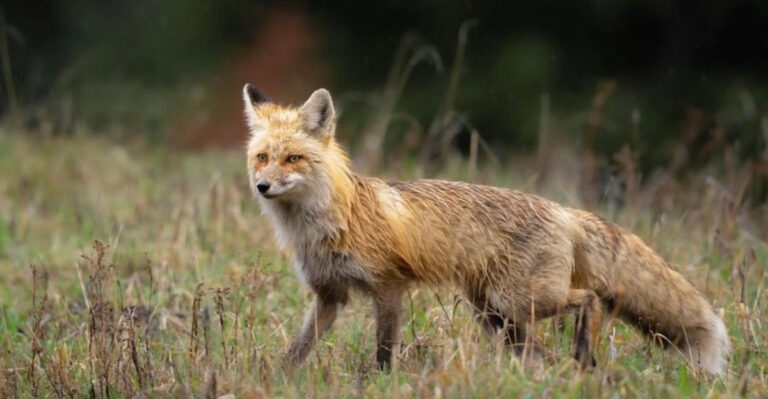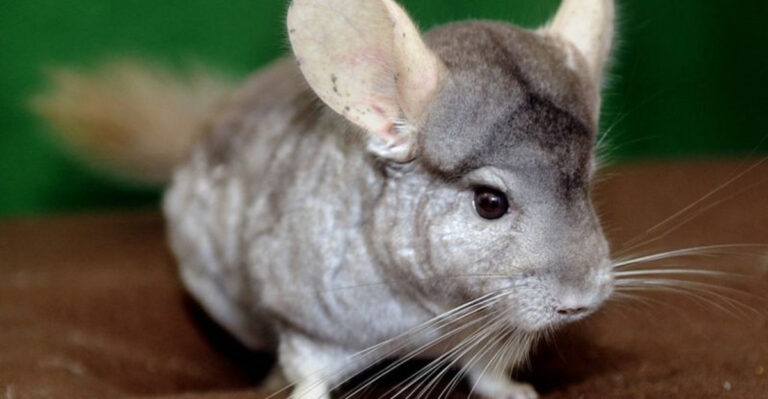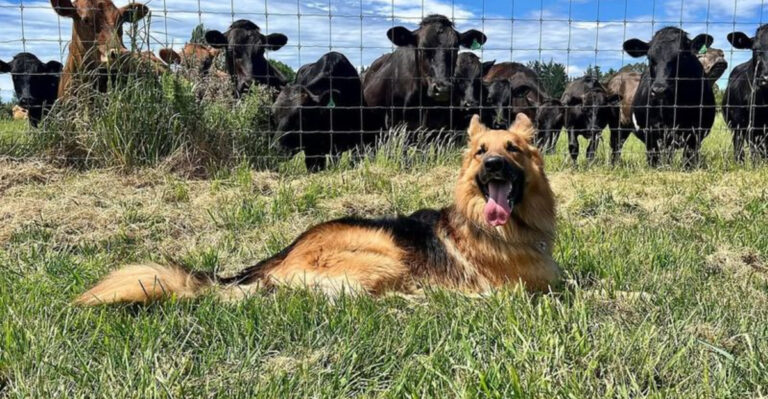17 Animals Facing Extinction Sooner Than You Think

Our planet’s wildlife is vanishing at an alarming rate. Scientists estimate we’re losing species 1,000 times faster than natural extinction rates.
While pandas and polar bears often grab headlines, many lesser-known creatures are silently slipping toward extinction. These animals might disappear within our lifetime unless we take action now.
1. Blinking Out: The Vaquita Porpoise

Only about 10 remain in the wild. These mini-porpoises, no bigger than your bathtub, sport adorable black eye patches and mouth markings that make them look perpetually surprised.
Fishing nets meant for other species have decimated their population in Mexico’s Gulf of California. Despite conservation efforts, their numbers continue to plummet dramatically.
2. Racing Against Time: Amur Leopard
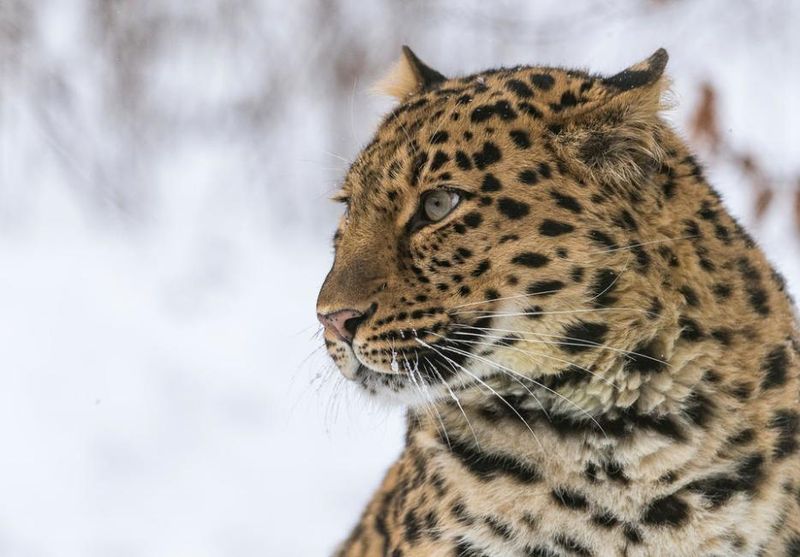
With fewer than 100 left, these spotted sprinters can leap 19 feet horizontally and run up to 37 mph. Their thick, pale coats with widely-spaced rosettes make them uniquely beautiful.
Russian and Chinese forests once teemed with these cats, but poaching and habitat loss have pushed them to the edge. Each remaining leopard is now critical for the species’ survival.
3. Silent Guardian: Javan Rhino
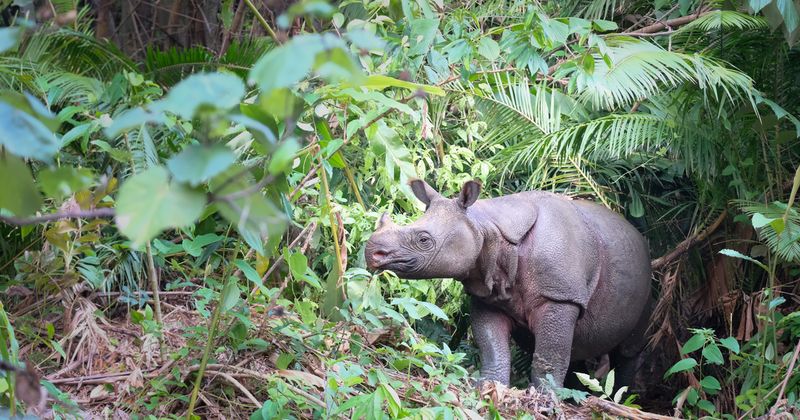
Imagine a tank-like creature with ancient roots that moves quietly through dense jungle. Only 72 remain, all in one national park in Indonesia.
Unlike their African cousins, these forest-dwelling rhinos have just one horn and folded skin that resembles medieval armor. They’re so elusive that researchers must rely on camera traps just to count them.
4. Fading Song: Yangtze Finless Porpoise

With a permanent smile etched on their faces, these river dolphins seem cheerful despite their dire situation. Unlike other dolphins, they lack a dorsal fin, giving them a smooth, streamlined appearance.
China’s polluted Yangtze River is their only home, where fewer than 1,000 remain. Their intelligence rivals that of gorillas, making their decline all the more tragic.
5. Last Dance: Saola
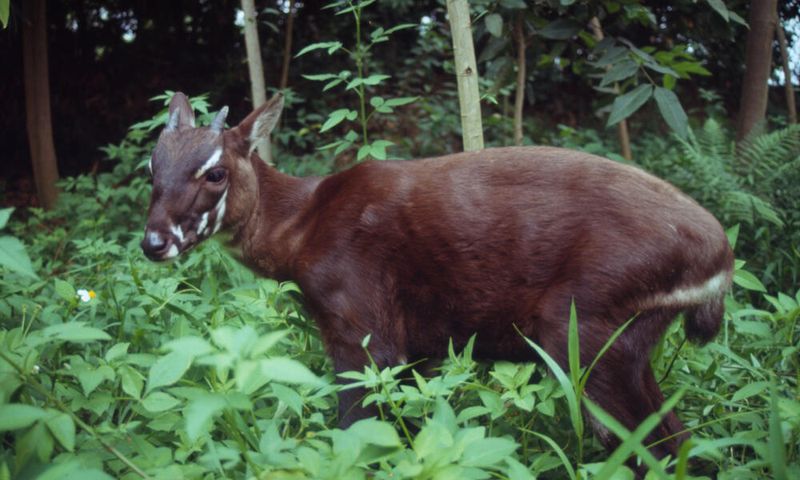
Nicknamed the “Asian unicorn,” this mysterious creature wasn’t discovered until 1992. With long, parallel horns and white facial markings, they look like they stepped out of a fairy tale.
Living in remote Laotian and Vietnamese mountains, they’re so rare that scientists have only photographed them in the wild a handful of times. Experts fear fewer than 100 remain.
6. Fading Giants: Cross River Gorilla
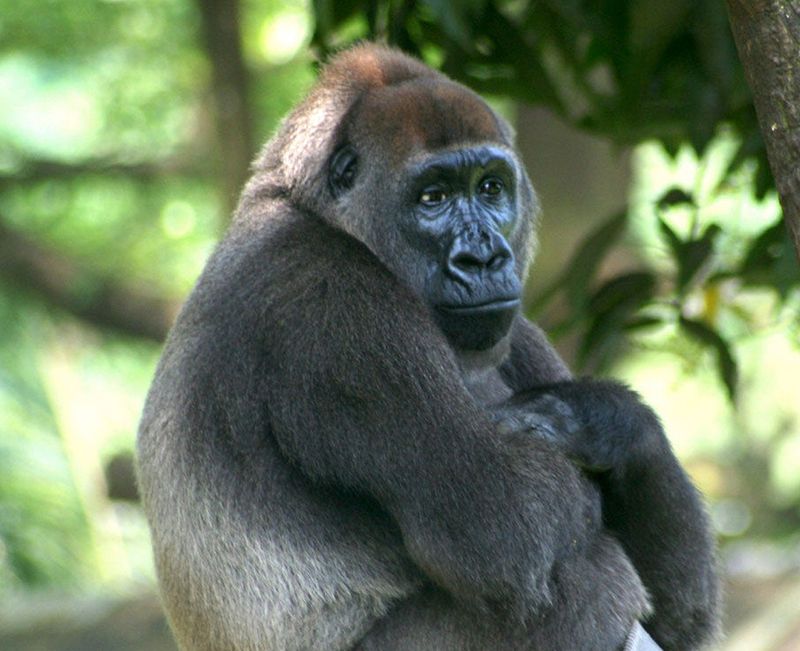
Hidden in the dense forests between Nigeria and Cameroon, these gentle giants might vanish before most people even learn they exist. With slightly shorter hair and smaller heads than other gorillas, they’re distinct but rarely seen.
Hunters have pushed the remaining 300 individuals to remote, mountainous terrain. Their shy nature means few humans ever glimpse these magnificent apes in the wild.
7. Vanishing Stripes: Sumatran Tiger
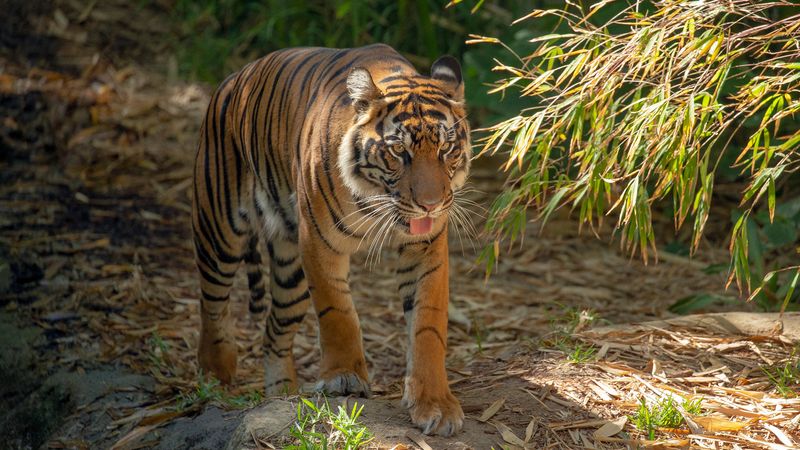
The smallest tiger species sports the darkest, thickest stripes of all big cats. Their compact size helps them navigate the dense Indonesian jungles they call home.
With only about 400 left, these magnificent predators face a double threat: their habitat is rapidly being converted to palm oil plantations while poachers hunt them for traditional medicine markets.
8. Fading Into Myth: Hawksbill Sea Turtle

Their beautiful amber and brown shells once made them targets for the tortoiseshell trade. With distinctive beaked mouths and overlapping shell plates, they’re the jewels of the ocean.
Despite global protection, these ancient mariners still face poaching and habitat destruction. Females must return to increasingly developed beaches to lay eggs, while plastic pollution chokes their coral reef feeding grounds.
9. Bamboo Refugee: Red Panda
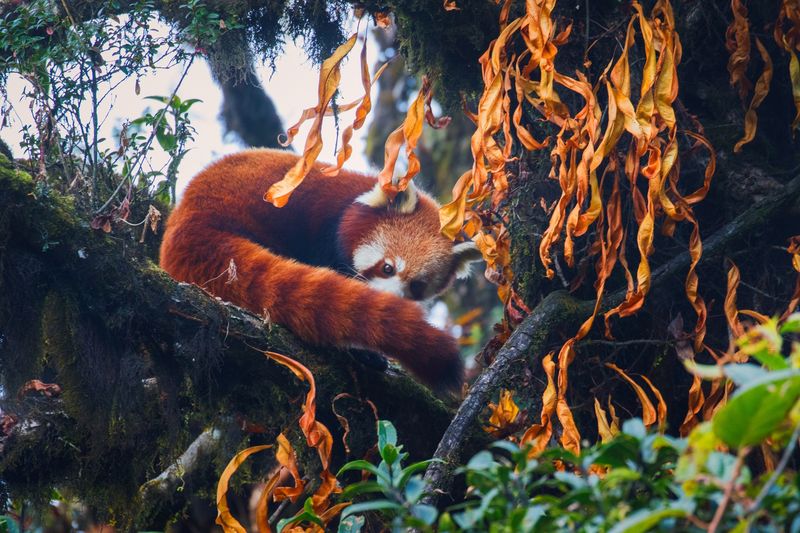
Not actually pandas at all, these cat-sized mammals with fox-like faces and ringed tails are the only living members of their family. Their rust-colored fur camouflages perfectly against the reddish moss of their Himalayan forest homes.
Fewer than 10,000 remain as deforestation fragments their mountain habitats across Nepal, India, and China. Climate change threatens the bamboo forests they depend on for survival.
10. Ghost Of The Forest: Sumatran Rhino
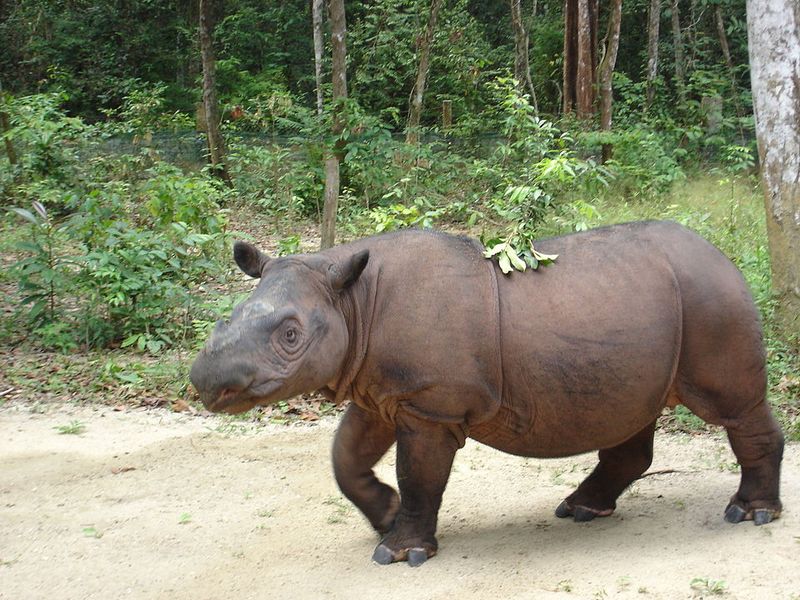
Covered in shaggy reddish-brown hair, these ancient-looking creatures seem like relics from another era. As the smallest rhino species, they’re surprisingly agile in the dense rainforests they inhabit.
With fewer than 80 individuals scattered across Indonesia, these vocal rhinos communicate through songs that echo through the jungle. Their reproductive challenges make conservation breeding extremely difficult.
11. Fading Smile: Irrawaddy Dolphin
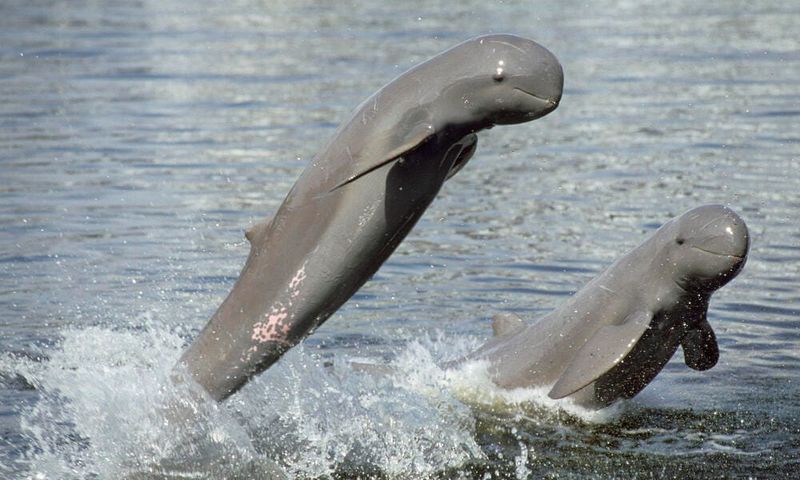
With bulging foreheads and perpetual grins, these unusual dolphins look nothing like their ocean cousins. Their flexible necks allow them to hunt in muddy river bottoms with remarkable agility.
Found in scattered populations across Southeast Asia, some groups are down to just a few dozen individuals. Gillnets, electrofishing, and dam construction threaten their river and coastal homes.
12. Fading Spots: Asiatic Cheetah
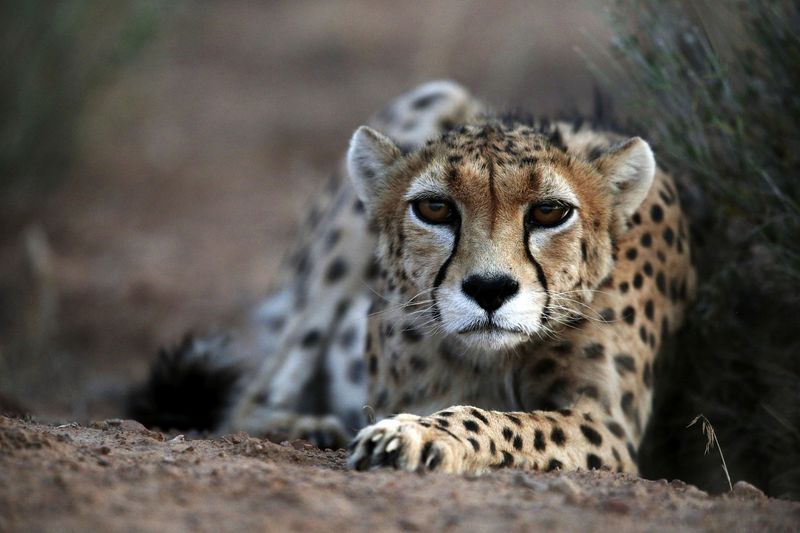
Once ranging from India to the Mediterranean, these sleek cats now cling to existence in Iran’s remote deserts. Unlike their African cousins, they have thicker fur and a more muscular build to survive harsh winters.
With fewer than 50 remaining, each death brings them closer to extinction. Their isolation means they face severe genetic bottlenecks, making recovery even more challenging.
13. Fluttering Away: Monarch Butterfly
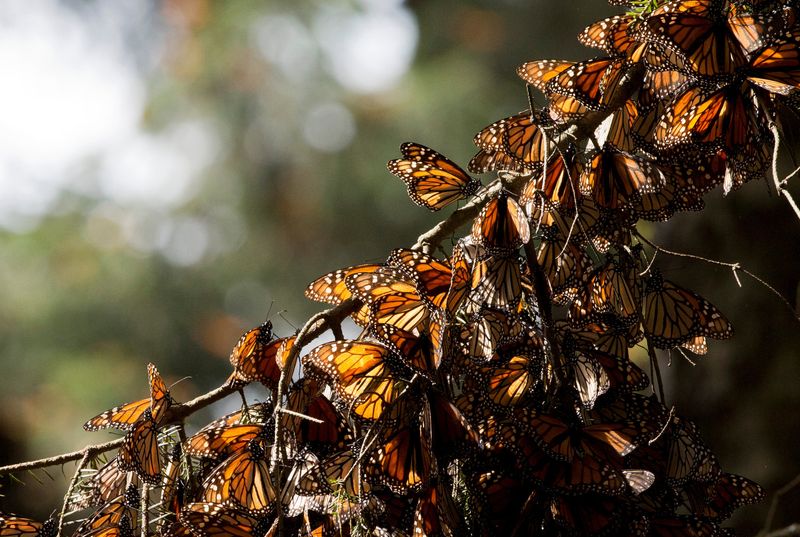
Their epic 3,000-mile migration is one of nature’s greatest marvels. These orange-winged insects somehow navigate to specific mountain groves in Mexico, where billions once clustered on trees.
Western populations have crashed by 99% since the 1980s. Climate change disrupts migration patterns while herbicides destroy milkweed, the only plant their caterpillars can eat. Their potential extinction represents an ecological warning sign.
14. Slipping Away: Chinese Giant Salamander
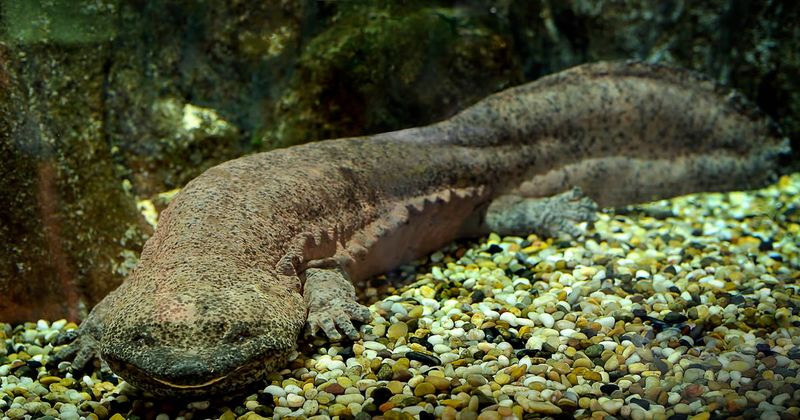
Looking like something from prehistoric times, these remarkable amphibians can grow longer than your kitchen table. Their wrinkled skin and tiny eyes give them an otherworldly appearance.
Once revered in Chinese culture, they’re now hunted for luxury food markets. Pollution and habitat destruction have pushed wild populations to the brink, with some experts fearing they’re already functionally extinct in nature.
15. Fading Giants: Tapanuli Orangutan
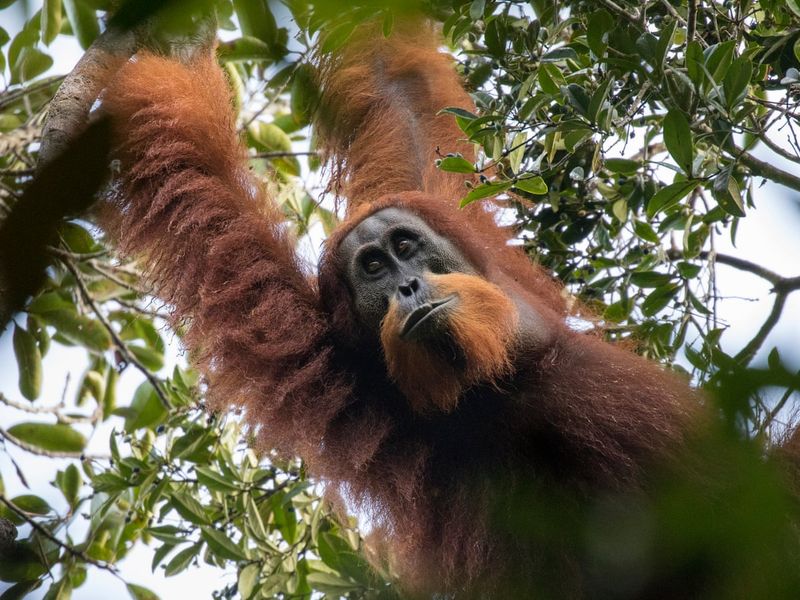
Discovered only in 2017, these golden-haired apes are already facing extinction. With frizzier hair and smaller heads than other orangutans, they represent a distinct evolutionary line that’s been isolated for 10,000+ years.
Fewer than 800 remain in a tiny patch of North Sumatra’s highlands. A planned hydroelectric dam threatens to fragment their habitat further, potentially dealing the final blow to this newly-recognized species.
16. Vanishing Stripes: Grevy’s Zebra
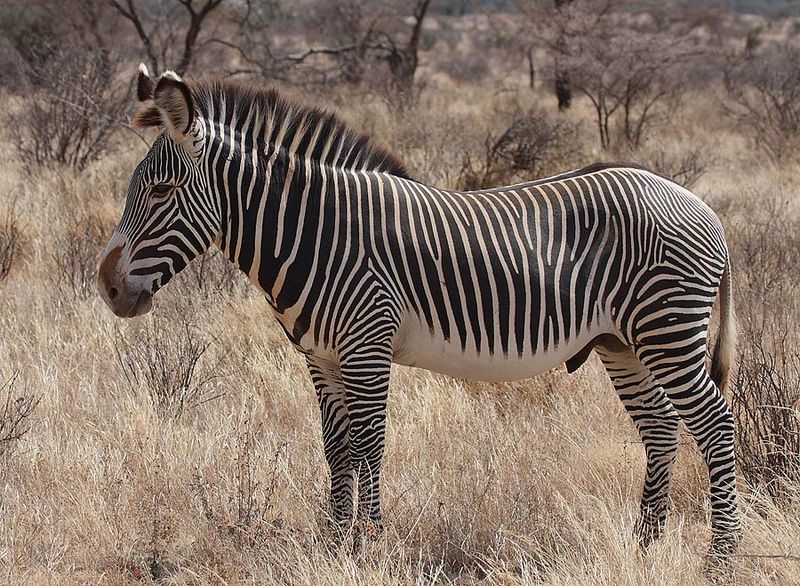
With pin-thin stripes and radar-dish ears, these striking zebras stand out from their more common cousins. Standing taller than a basketball hoop, they’re the largest wild equids alive today.
Once ranging across East Africa, fewer than 2,000 remain in Kenya and Ethiopia. Drought and competition with livestock for water have decimated their numbers, while their striking coats make them targets for poachers.
17. Unseen Crisis: Pangolin
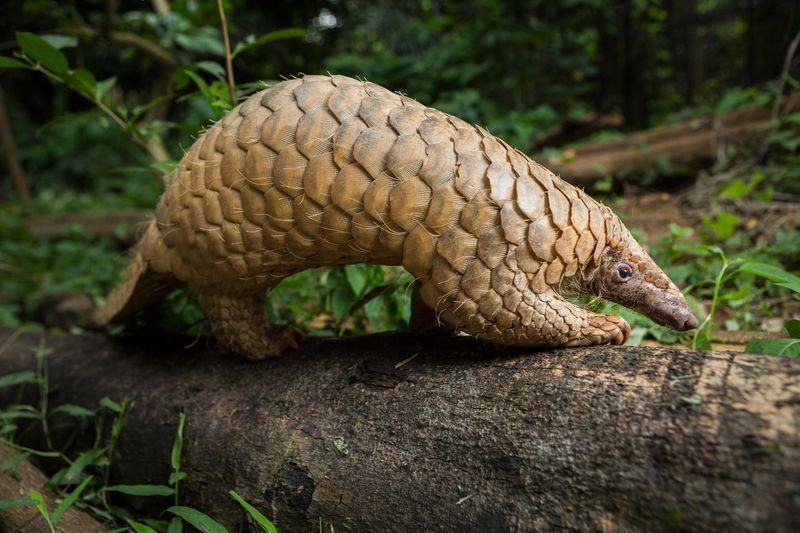
Covered in overlapping scales like living pinecones, these shy mammals are the world’s most trafficked animals. When threatened, they roll into perfect balls that once protected them from predators but now makes them easy for poachers to collect.
All eight species face extinction as millions are smuggled to Asian markets annually. Their scales, made of the same material as your fingernails, are wrongly believed to have medicinal properties.

